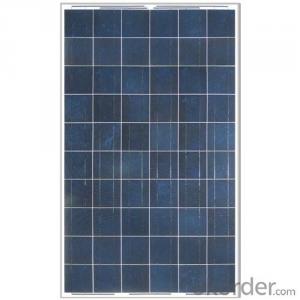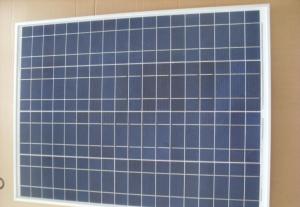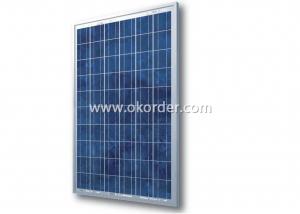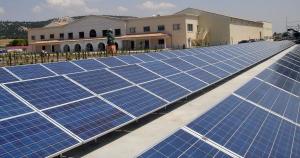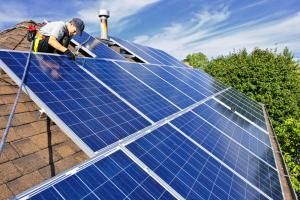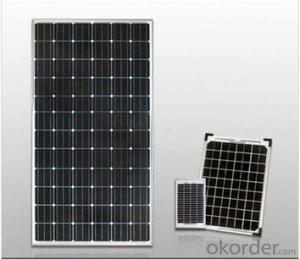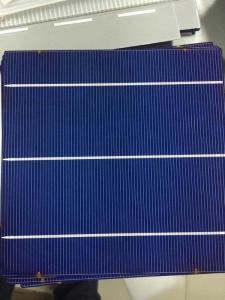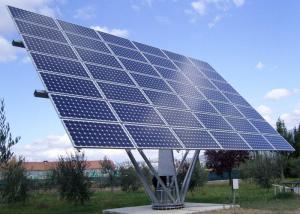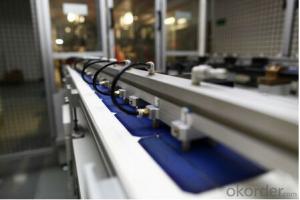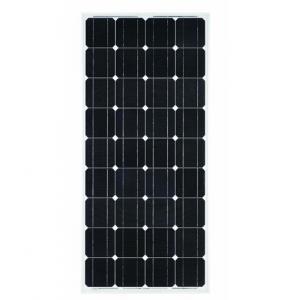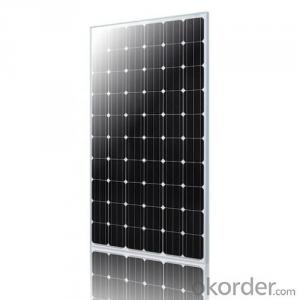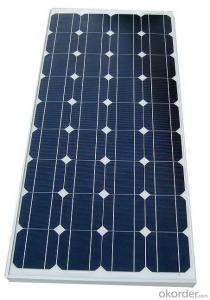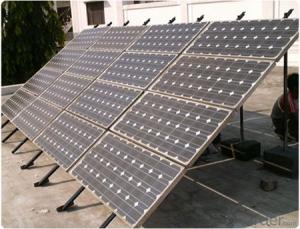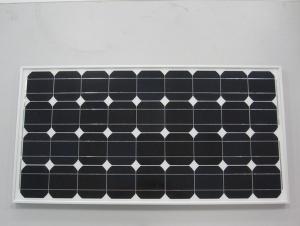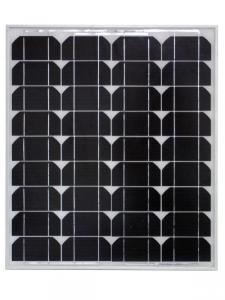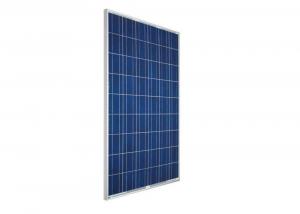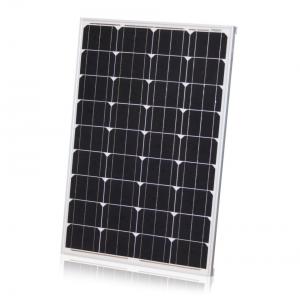Germany Solar Panels 280w/285w Solar Panel with TUV IEC MCS CEC IDCOL SONCAP Certificates
- Loading Port:
- Shanghai
- Payment Terms:
- TT OR LC
- Min Order Qty:
- 1000 watt
- Supply Capability:
- 100000000 watt/month
OKorder Service Pledge
OKorder Financial Service
You Might Also Like
- TUV IEC, MCS (UK), CE, CEC (Australia), INMETRO, IDCOL, SONCAP CERTIFIED
- [EU ANTIDUMPING DUTY-FREE]
- PROFESSIONAL SOLAR PANEL MANUFACTURER SINCE 2004
FEATURES
`Long Service Life
`High Efficency Solar Cells
`Special Aluminum Frame Design
`High Transmission,Low Iron Tempered Glass - TUV IEC, MCS (UK), CE, CEC (Australia), INMETRO, IDCOL, SONCAP CERTIFIED
- [EU ANTIDUMPING DUTY-FREE]
- PROFESSIONAL SOLAR PANEL MANUFACTURER SINCE 2004
FEATURES
`Long Service Life
`High Efficency Solar Cells
`Special Aluminum Frame Design
`High Transmission,Low Iron Tempered Glass
`Advanced Cell Encapsulation
APPLICATIONS
`Solar power stations
`Rural electrification, Small home power systems
`Power supply for traffic, security, gas industry
`12V and 24V battery charging system
`Other industrial and commercial applications
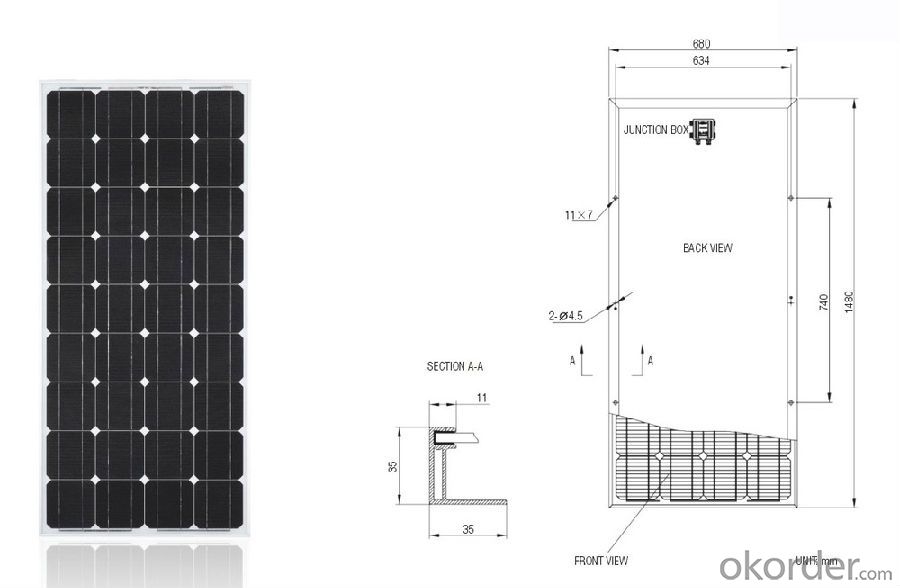
| ELECTRICAL CHARACTERISTICS | |||||||
| Model Number | KM(P)275 | KM(P)280 | KM(P)285 | KM(P)290 | KM(P)295 | KM(P)300 | |
| Maximum Power as per STC | Pmax(W) | 275 | 280 | 285 | 290 | 295 | 300 |
| Power Tolerance | % | ±3% | |||||
| Maximum Power Voltage | Vm(V) | 36.43 | 36.56 | 36.72 | 36.79 | 36.93 | 37.15 |
| Maximum Power Current | Im(A) | 7.55 | 7.66 | 7.77 | 7.89 | 7.99 | 8.08 |
| Open Circuit Voltage | Voc(V) | 43.7 | 42.92 | 44.06 | 44.21 | 44.35 | 44.5 |
| Short Circuit Current | Isc(A) | 8.1 | 8.17 | 8.23 | 8.33 | 8.41 | 8.72 |
| Maximum System Voltage | VDC | 1000 | |||||
| Cell Efficiency | % | 15.7 | 16.0 | 16.3 | 16.6 | 16.8 | 17.1 |
| Module Efficiency | % | 14.2 | 14.5 | 14.7 | 15.0 | 15.2 | 15.5 |
| Cells per Module | Pcs | 72 | |||||
| Cell Type | Polycrystalline silicon | ||||||
| Cell Size | mm | 156 x 156 | |||||
| Bypass Diodes | Pcs | 12Amp, 6 pcs | |||||
| Max. Series Fuse Rating | A | 15A | |||||
| Temperature coefficient of Isc | %/°C | 0.05 | |||||
| Temperature coefficient of Voc | %/°C | -0.35 | |||||
| Temperature coefficient of power | %/°C | -0.47 | |||||
| NOCT- Nominal operating cell temperature | °C | 47 ± 2 | |||||
| Operating Temperature | °C | -40 ~ +85 | |||||
| MECHANICAL CHARACTERISTICS | |||||||
| Dimensions | mm | 1954 x 990 x 50 | |||||
| Weight | Kg | 23.5 | |||||
| Type of Junction Box | TUV certified, IP65 | ||||||
| Cable Type, Diameter | TUV certified, 4mm2, 90 cm in length | ||||||
| Connector | compatible to Type 4 (MC4) | ||||||
| Tempered Glass | 3.2 mm, high transmission, low iron | ||||||
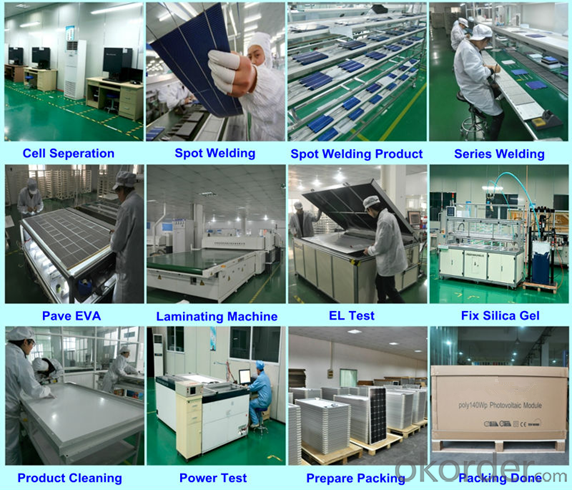 Packing
Packing
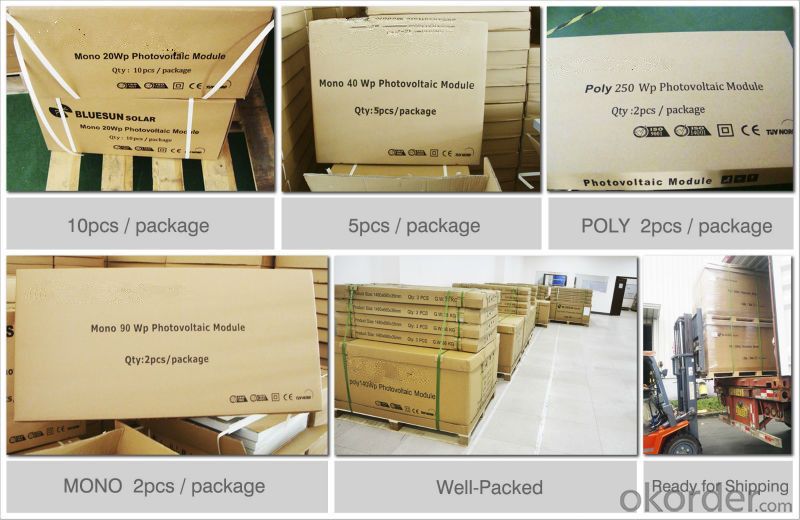
FAQ
1. What kind of Solar Cells does it have
---poly crystalline 156*156mm and 125*125mm or mono 125*125mm and 156*156mm
2. Is the front panel Glass or Plastic
---Tempered glass 3.2mm thickness or adjust to what you need, Light transmittance up to 95%.
3. Does it meet Europe Standards for Solar Energy
---This is TUV approval products, all the producing procedure apply TUV&UL.
4. What is the Efficiency level
--- Between 16-18.9% for solar cells.
5. What is the Nominal Voltage
--- 18v 20v 24v 36v 30v 48v , and so on, we can adjust to what you need.
6. What is the Warranty Period, How many years?
Power efficiency warranty:
---90% in 10 years; 80% in 25 years.
- Q: Can solar panels be installed on windows?
- Yes, solar panels can be installed on windows. There are specially designed solar window panels available that can be installed on the glass surface of windows to harness solar energy. These panels are transparent and allow light to pass through while generating electricity from the sunlight.
- Q: How do solar panels affect the resale value of a property?
- Solar panels can have a positive impact on the resale value of a property. Studies have shown that homes equipped with solar panels tend to sell for a higher price and at a faster rate compared to homes without solar. This is because buyers are increasingly interested in energy-efficient and sustainable features. Additionally, solar panels can help reduce energy costs, making the property more attractive to potential buyers.
- Q: How much does it cost to replace a solar panel?
- The cost of replacing a solar panel can vary depending on the size, quality, and type of panel, as well as any additional installation costs. On average, a basic solar panel replacement can range from $500 to $1,500 per panel, but it's recommended to consult a solar installer or supplier for a more accurate estimate tailored to your specific needs.
- Q: HIToday i was using my BB gun and shot my dads solar panel. I want to fix it for him because he spent a lot of time trying to get the solar panels. All i broke was the glass on the front, what is the glass and where can i buy new glass for it?
- Change the whole piece of solar panel, not just the glass. Looking for solar panel agent in your local city and get one.
- Q: Im doing a project and i have to persuade some one that solar pannels are great... help ?
- nan
- Q: I am doing a science fair project on solar panels, and I need four solar panels to conduct the experiment. I would only need the solar panels for a week. What type of solar panel should I get?
- any type
- Q: Can solar panels be installed on historical buildings?
- Yes, solar panels can be installed on historical buildings. However, the installation process may require careful planning and consideration to ensure that the historical integrity and architectural significance of the building are not compromised.
- Q: Can solar panels be used in agriculture?
- Yes, solar panels can be used in agriculture. They can provide clean and renewable energy to power various agricultural processes such as irrigation systems, livestock operations, and crop drying. Additionally, solar panels can be installed on farm buildings or in open fields, helping farmers reduce their reliance on traditional energy sources and lower their carbon footprint.
- Q: Is it possible for the everyday person to increase the efficiency of solar panels that they own? If so, how is it done?
- There are 3 (simple) ways to increase the efficiency of a solar panel at home - they all work by increasing the amount of light that falls onto it: . Have the solar panel track the sun throughout the day so that it always faces it; 2. Place a lens (larger than the panel) in front of the panel that focuses the light from the sun onto it. 3. Have mirrors around the panel than redirect light from themselves onto the solar panel. (e.g. imagine a satellite dish with the solar panel at the front and the dish being all mirrored.)
- Q: Can solar panels be used for charging electric vehicles?
- Yes, solar panels can be used to charge electric vehicles.
Send your message to us
Germany Solar Panels 280w/285w Solar Panel with TUV IEC MCS CEC IDCOL SONCAP Certificates
- Loading Port:
- Shanghai
- Payment Terms:
- TT OR LC
- Min Order Qty:
- 1000 watt
- Supply Capability:
- 100000000 watt/month
OKorder Service Pledge
OKorder Financial Service
Similar products
Hot products
Hot Searches
Related keywords
